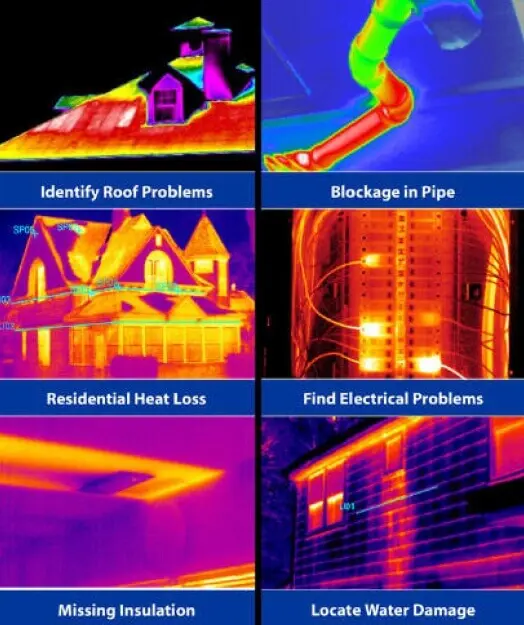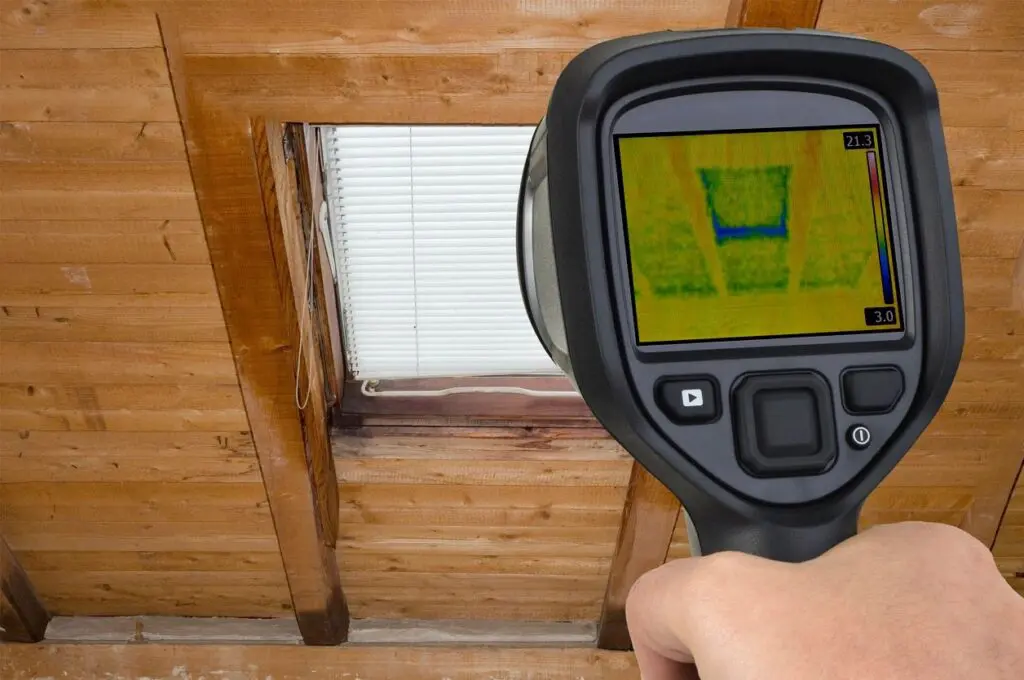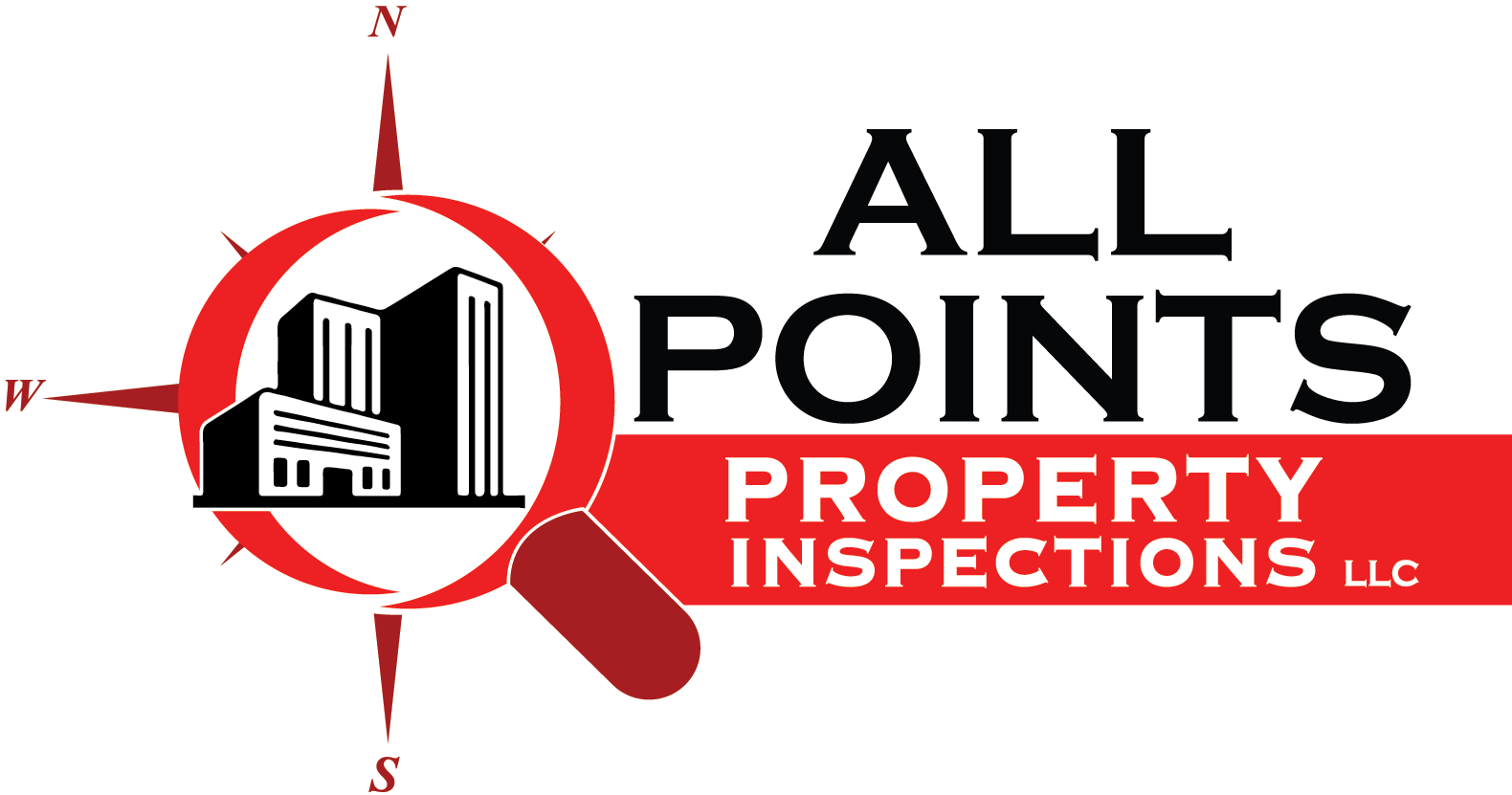
Infrared Thermal Imaging Method of Inspection
Infrared thermal imaging uses advanced technology to visualize facts to clients about their home purchase or current property that may not be visible to the naked eye. Additional inspection methods, such as infrared thermal imaging, are an important complement to a standard property inspection report. These methods allow for greater detail and insight into potential issues that may exist within the home.
All Points Property Inspections provides you with the knowledge and information to not only be aware of the issues found during your home inspection but act to resolve these issues.
Our goal is to provide you with a quality and professional interpretation of the infrared (IR) thermal imaging results so you can better decide on the course of action to take with your home purchase.
The Importance of a Trained Thermal Inspector
While the infrared thermal camera can show issues that may be visible in the results, it is important for the data that is displayed to be interpreted by a trained thermal inspector. Your thermal inspector is trained to read and interpret the resulting data from the inspection and help you prioritize the issues found during the inspection. Different areas may be calibrated for different sensitivities and baseline infrared values, as well as the location of the inspection. These values can determine whether an item is something in need of critical attention, such as electrical overloading and hot spots, or an item that simply needs to be checked for proper installation and operation. Your thermal inspector will help you to identify these potential problems and address them before they cause significant problems down the line.
As Your Infrared Thermal Inspector, I Will:
For Detecting Moisture Intrusion, an Infrared Thermal Camera Can Locate:
An Infrared Thermal Camera Can Locate Electrical Hot Spots in the Home or Commercial property, Including:
Comparative Images For Useful Identification
Your All Points Property Inspections thermal inspection report will include side-by-side images of the area inspected to ease identification of where the issue is found. This allows you to see a normal visible light view of the inspected area next to an infrared color image for easy review and identification. This is important, so you have an accurate point of reference to the infrared image, allowing for easier planning for repairs of the affected area.

